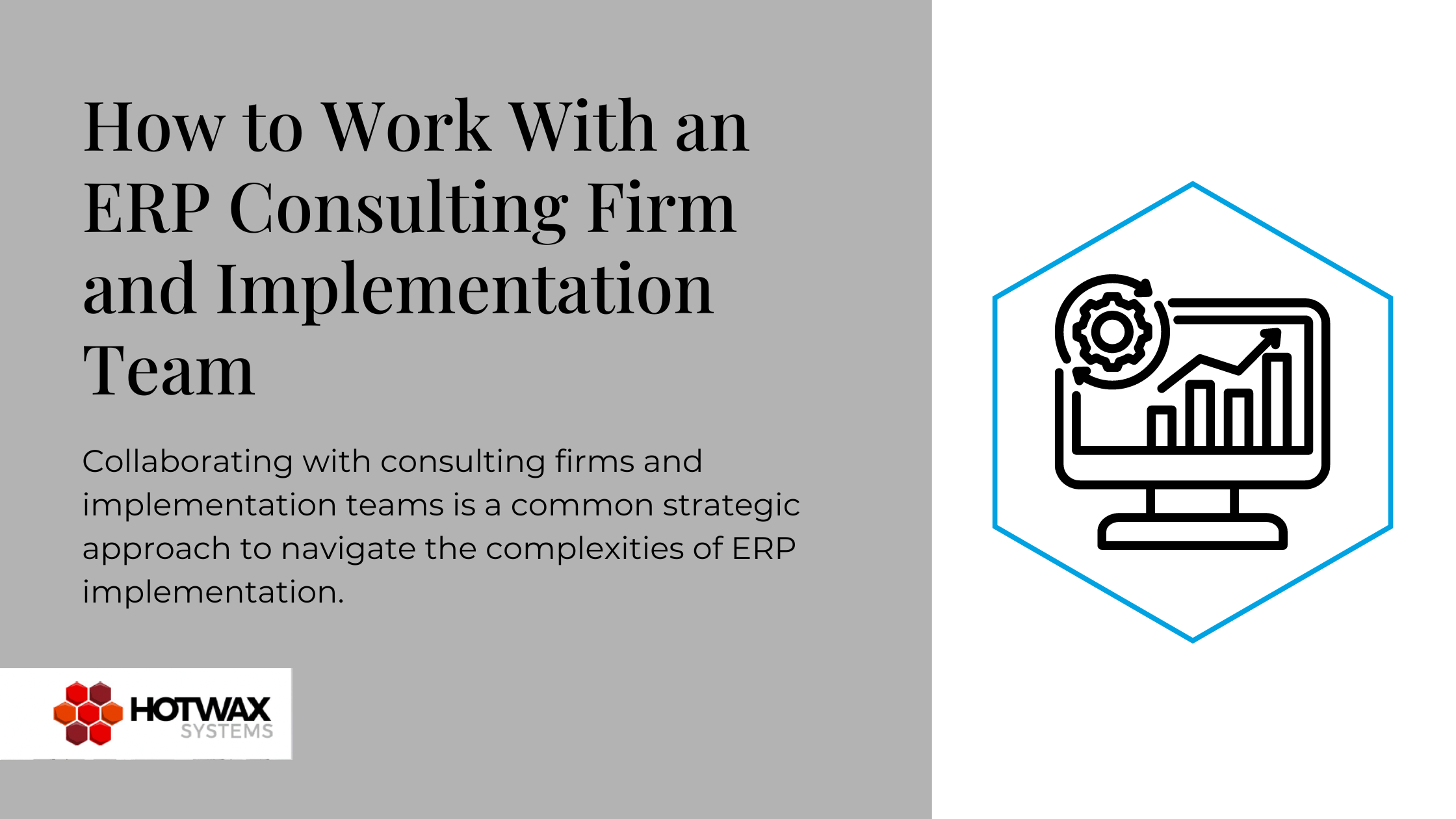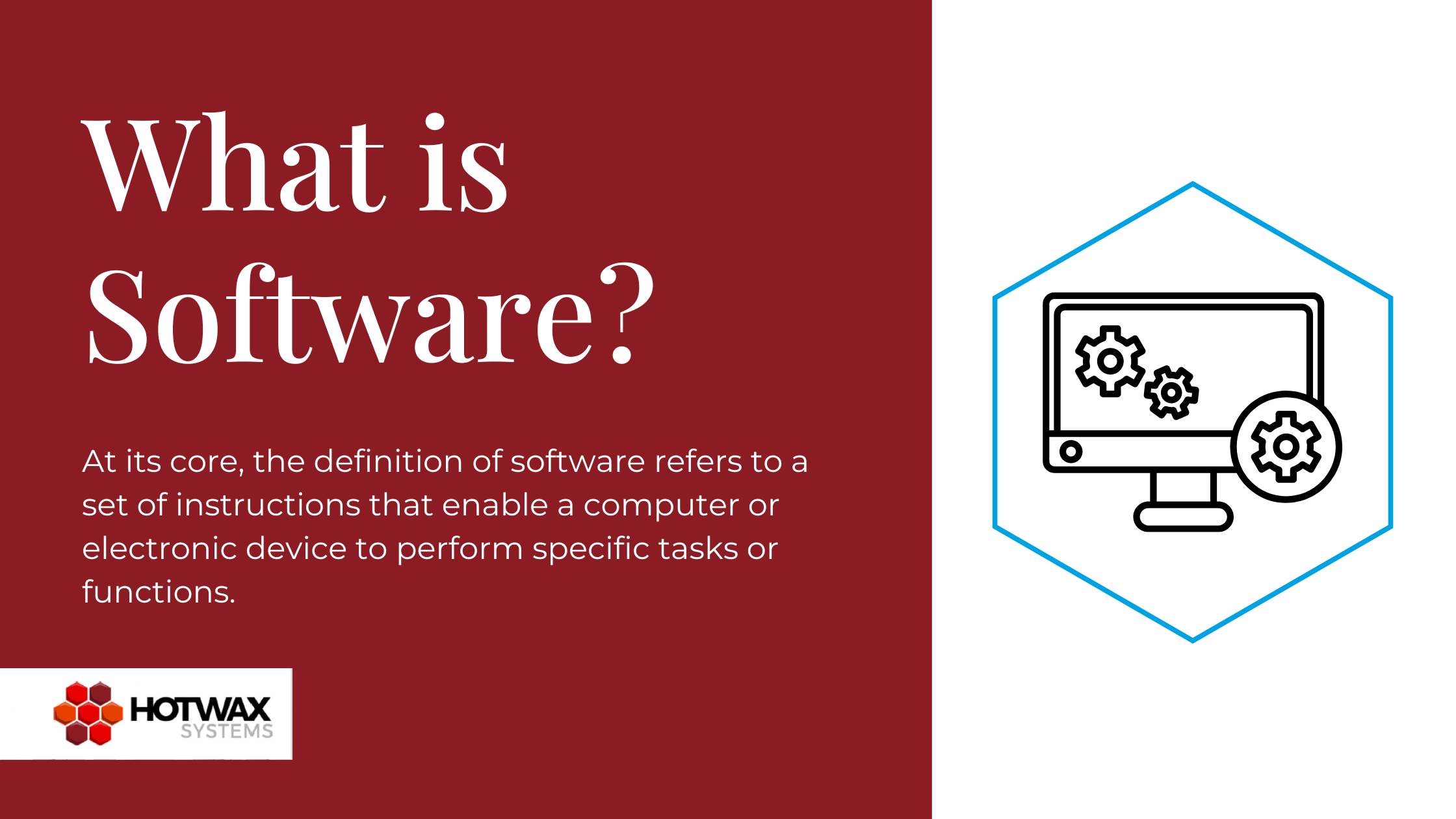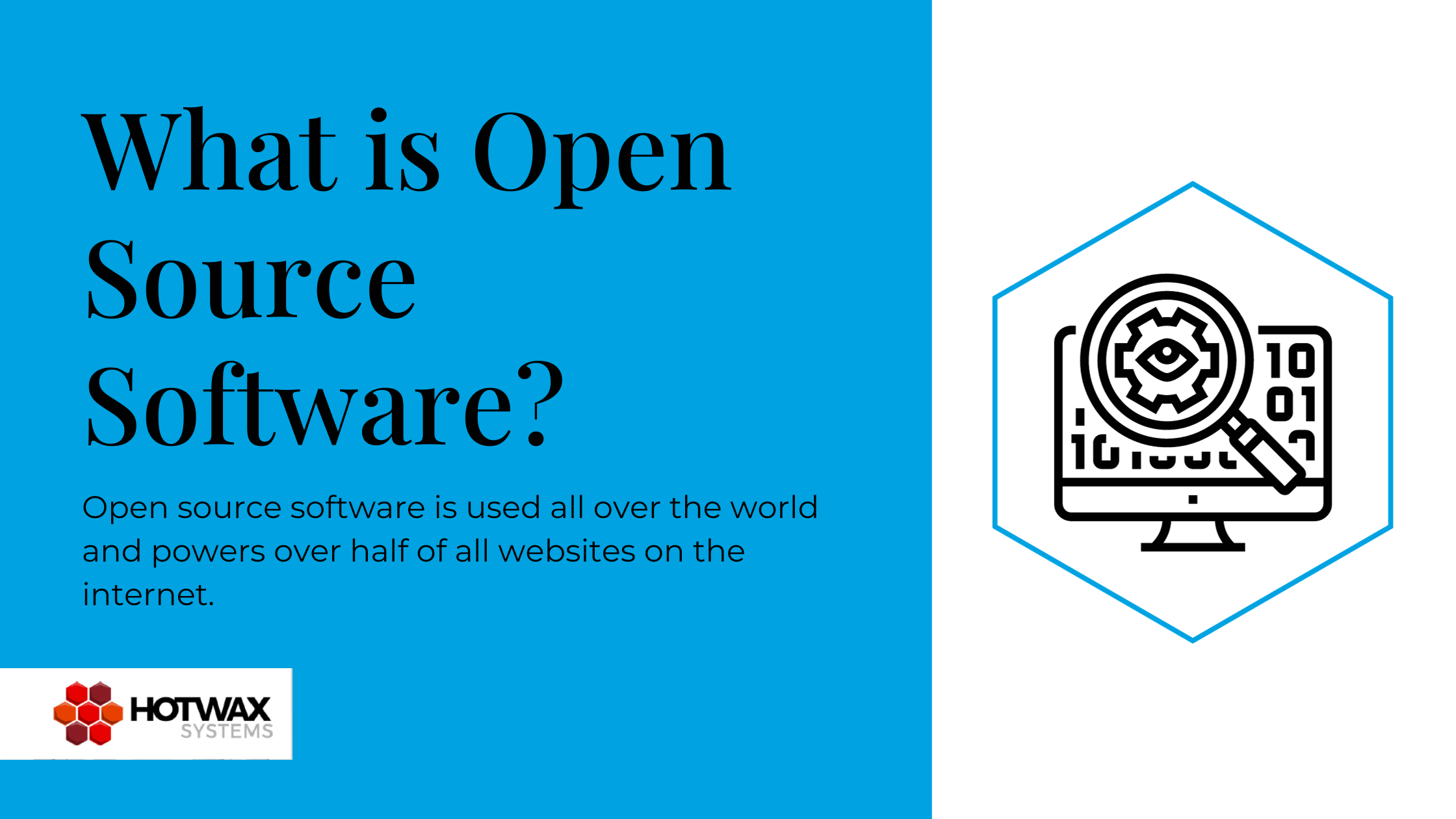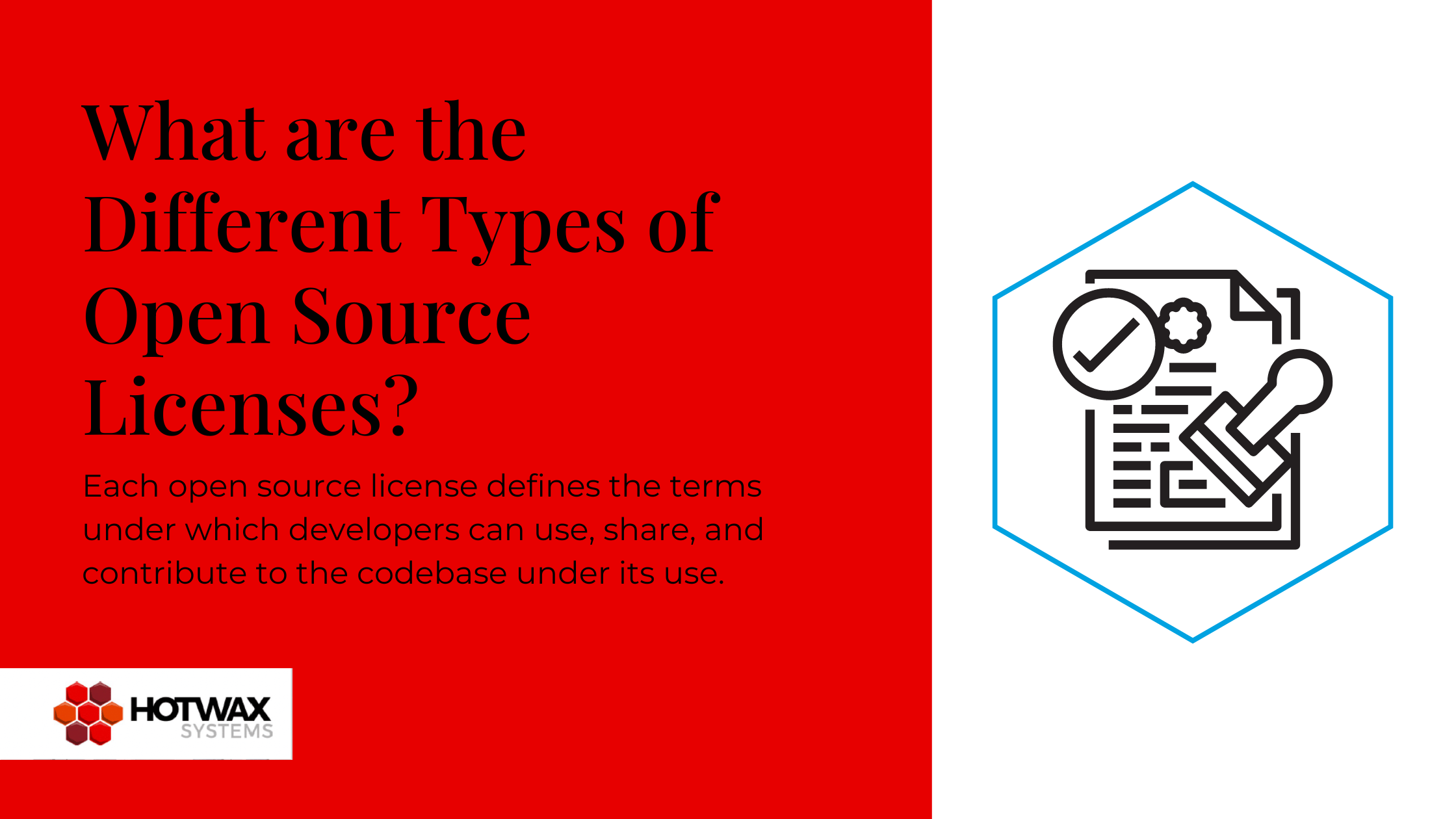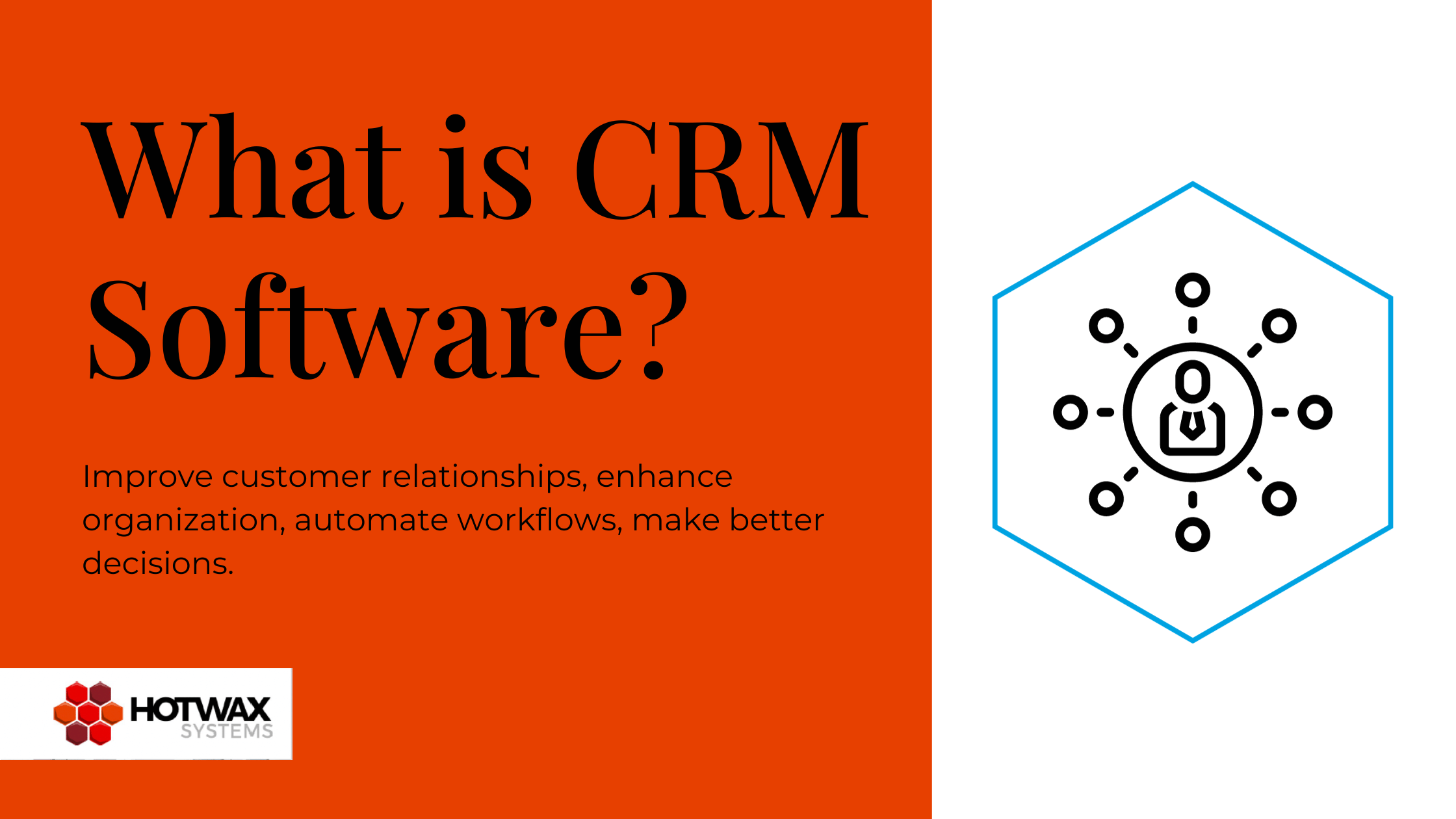What is catalog management software?
Catalog management software (CMS) is an essential tool for businesses looking to manage their product catalogs. It’s a software system that allows businesses to store, organize, and manage product information in a centralized location.
With CMS, businesses can streamline their catalog management process by automating tasks like updating product information, managing inventory levels, and pricing. And can also integrate their CMS with other systems like ecommerce platforms and ERP.
Some of the key features you might find in typical catalog management software include:
- Product information management: Catalog management software allows businesses to store and manage product information, such as product names, descriptions, images and pricing, in a centralized location.
- Catalog creation and customization: Businesses can create and customize their product catalogs using catalog management software. This can look like creating different versions of their catalog for different sales channels, such as online marketplaces or brick-and-mortar stores, for example.
- Inventory management: Catalog management software helps businesses track their inventory levels and manage their stock by setting up automatic reorder points and receiving alerts when inventory levels are low.
- Integration with other systems: Catalog management software integrates with other systems, such as ERP or accounting software, to ensure that product information is consistent across all channels.
How does catalog management software work?
The exact process for using catalog management software varies depending on the specific software being used, but the general steps involved are:
- Import product data: The first step is to import product data into the catalog management software. This can include product names, descriptions, images, prices, and other relevant product information. Depending on the software, this data can be imported from various sources like spreadsheets, databases, or other ecommerce platforms.
- Organize product data: Once the product data has been imported, it needs to be organized in a way that’s easy to manage and update. Catalog management software often allows businesses to categorize their products, assign attributes, and create custom fields.
- Create and customize product catalogs: With the product data organized, businesses can use catalog management software to create and customize their product catalogs. This might include creating different versions of the catalog for different sales channels, adding product images, descriptions, and pricing information.
- Manage inventory: Once organized, businesses can track their inventory levels and manage their stock by setting up automatic reorder points and alerts for when inventory levels are low.
- Integrate with other systems: If an organization has other software they use to manage their business, the new catalog management software can be integrated with those systems to ensure that product information is consistent across all channels.
- Update and maintain product information: As products are added, updated, or discontinued, businesses can use their catalog management software to easily update and maintain their product information across all channels.
.png?width=700&height=525&name=Catalog%20management%20software%20(1).png)
Benefits of catalog management software
Catalog Management Software offers several benefits to businesses, including:
- Centralized product information: CMS provides a centralized location for all product information, including product descriptions, pricing, and inventory levels. This makes it easier for businesses to manage their product catalog without having to go through multiple systems.
- Automation: CMS automates many of the manual tasks involved in catalog management, such as updating product information and inventory levels. This reduces the workload on employees and ensures that the product catalog is up to date.
- Increased Efficiency: With CMS, businesses can manage their product catalog more efficiently which leads to increased productivity and faster time-to-market.
- Improved Customer Experience: CMS allows businesses to provide accurate and up-to-date product information to their customers, which can improve the overall customer experience.
Open source vs. proprietary catalog management software
When it comes to choosing CMS software, businesses have two options: open source and proprietary software. Open source CMS is software with source code that’s available to the public and managed through a dedicated “project” that’s made up of developers who use and monitor that software.
Proprietary CMS is software with source code that is owned by a private company. Both have their respective benefits, and choosing which one is best comes down to the individual needs of each business.
Open source CMS benefits:
- Innovative: Because the source code in open source software isn’t hidden, innovative changes can be made to the software to accommodate the individual needs of each business.
- Scalable: Open source software is scalable for the same reason it’s innovative: the source code can be altered and iterated upon to create custom solutions for businesses of all sizes. This means that for an organization that wants a CMS solution that will grow with the company, open source is a great option.
- Access to community: Open source software is managed by individual projects that are made up of an organized community of developers that work on, update, and sometimes teach about that particular software. Users of open source software have access to this community and can go there for questions, to find talent and service providers for hire, suggestions, etc.
- No license fees: Since open source software isn’t privately owned, there’s no immediate and recurring fee required in order to use it. Depending on the software chosen, a company may decide to work with an open source service provider or hire open source savvy developers, but their cost is never to access the software itself.
Proprietary CMS software benefits:
- Convenient: Proprietary software can offer a quick and easy plug-in-and-go type of solution.
- Vendor support: Because proprietary software is accessed through a private entity (think Adobe, for example), users have the built-in support of their software provider should they need help.
- Less specialized: For companies that know they don’t need a high degree of customization, proprietary software can be a great choice.
.png?width=700&height=525&name=Catalog%20Management%20Software%20(2).png)
Apache OFBiz catalog management software
Apache OFBiz is a comprehensive open source enterprise automation software developed by the Apache Software Foundation that provides a wide range of functionalities, including enterprise resource planning (ERP), supply chain management (SCM), and of course catalog management.
The catalog management module in Apache OFBiz is responsible for managing product catalogs, categories, and products. It provides a flexible and powerful mechanism for creating and managing product catalogs, allowing you to define different types of products, attributes, and relationships between products.
Some of the key features of the OFBiz catalog management module include:
- Catalogs: You can create multiple catalogs in OFBiz, each representing a different product line or market segment. Each catalog can have its own set of categories, products, and pricing rules.
- Categories: The CMS module provides a hierarchical category structure for organizing products. You can create a category tree with multiple levels and assign products to specific categories.
- Products: OFBiz supports different types of products, including physical products, digital products, and services. Each product can have multiple variants based on attributes like size, color, or material.
- Product associations: You can define various types of relationships between products, such as cross-sell, upsell, accessory, or replacement. This enables you to suggest related products to customers and increase sales.
- Pricing rules: The module supports a wide range of pricing rules, including discounts, promotions, and special offers. You can define rules based on customer segments, product categories, or order totals.
- Catalog management tools: OFBiz provides various tools for managing catalogs, such as importing and exporting data, managing images and media files, and generating reports.
Overall, the OFBiz catalog management module is a powerful tool for managing products. It allows you to create complex product structures and pricing rules, and provides the flexibility to adapt to different market segments and customer needs.
Catalog management vs. product information management (PIM) software
Catalog management software is typically designed to help businesses create and manage product catalogs, which includes things like product descriptions, pricing information, and images.
On the other hand, PIM software is designed to manage all of the detailed attributes related to a company’s products, including product-related data such as size, weight, and SKU numbers.
PIM software is more comprehensive than catalog management software, as it can manage all the information needed for product development, marketing, sales, and distribution across multiple channels and platforms.
.png?width=700&height=525&name=Catalog%20Managment%20vs%20Product%20Information%20Management%20(1).png)
Conclusion
Not to be confused with PIM software, catalog management software is an essential tool for businesses looking to manage their product catalogs efficiently. It offers many benefits, including centralized product information, automation, increased efficiency, and improved customer experience.
Businesses can choose between open source and proprietary software depending on their specific needs and requirements, with open source options like Apache OFBiz available for those who want a catalog management software that offers many features and is highly customizable.
And for those who’d like an off the shelf, plug-in and go solution that doesn’t lend itself to extensive customization or scale, a proprietary option could be a really great fit.



